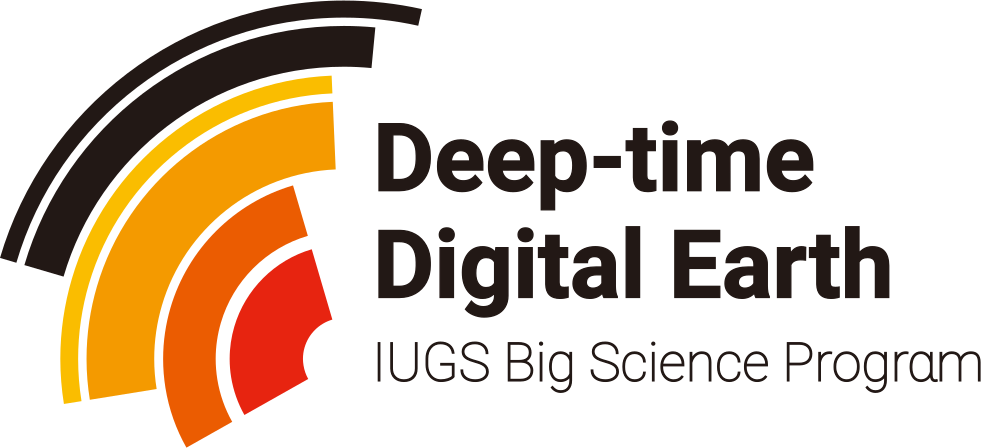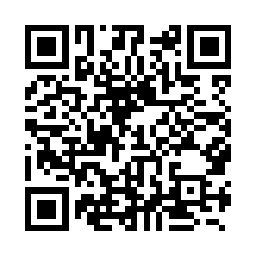
Free monoid

In abstract algebra, the free monoid on a set is the monoid whose elements are all the finite sequences (or strings) of zero or more elements from that set, with string concatenation as the monoid operation and with the unique sequence of zero elements, often called the empty string and denoted by ε or λ, as the identity element. The free monoid on a set A is usually denoted A∗. The free semigroup on A is the subsemigroup of A∗ containing all elements except the empty string. It is usually denoted A+. In abstract algebra, the free monoid on a set is the monoid whose elements are all the finite sequences (or strings) of zero or more elements from that set, with string concatenation as the monoid operation and with the unique sequence of zero elements, often called the empty string and denoted by ε or λ, as the identity element. The free monoid on a set A is usually denoted A∗. The free semigroup on A is the subsemigroup of A∗ containing all elements except the empty string. It is usually denoted A+. More generally, an abstract monoid (or semigroup) S is described as free if it is isomorphic to the free monoid (or semigroup) on some set. As the name implies, free monoids and semigroups are those objects which satisfy the usual universal property defining free objects, in the respective categories of monoids and semigroups. It follows that every monoid (or semigroup) arises as a homomorphic image of a free monoid (or semigroup). The study of semigroups as images of free semigroups is called combinatorial semigroup theory. The monoid (N0,+) of natural numbers (including zero) under addition is a free monoid on a singleton free generator, in this case the natural number 1. According to the formal definition, this monoid consists of all sequences like '1', '1+1', '1+1+1', '1+1+1+1', and so on, including the empty sequence. Mapping each such sequence to its evaluation resultand the empty sequence to zero establishes an isomorphism from the set of such sequences to N0.This isomorphism is compatible with '+', that is, for any two sequences s and t, if s is mapped (i.e. evaluated) to a number m and t to n, then their concatenation s+t is mapped to the sum m+n. In formal language theory, usually a finite set of 'symbols' A (sometimes called the alphabet) is considered. A finite sequence of symbols is called 'word over A', and the free monoid A∗ is called the 'Kleene star of A'.Thus, the abstract study of formal languages can be thought of as the study of subsets of finitely generated free monoids. There are deep connections between the theory of semigroups and that of automata. For example, the regular languages over A are the homomorphic pre-images in A∗ of subsets of finite monoids. For example, assuming an alphabet A = {a, b, c}, its Kleene star A∗ contains all concatenations of a, b, and c: If A is any set, the word length function on A∗ is the unique monoid homomorphism from A∗ to (N0,+) that maps each element of A to 1. A free monoid is thus a graded monoid. More generally, the regular languages over an alphabet A are the closure of the finite subsets of A*, the free monoid over A, under union, product, and generation of submonoid. We define a pair of words in A∗ of the form uv and vu as conjugate: the conjugates of a word are thus its circular shifts. Two words are conjugate in this sense if they are conjugate in the sense of group theory as elements of the free group generated by A.


